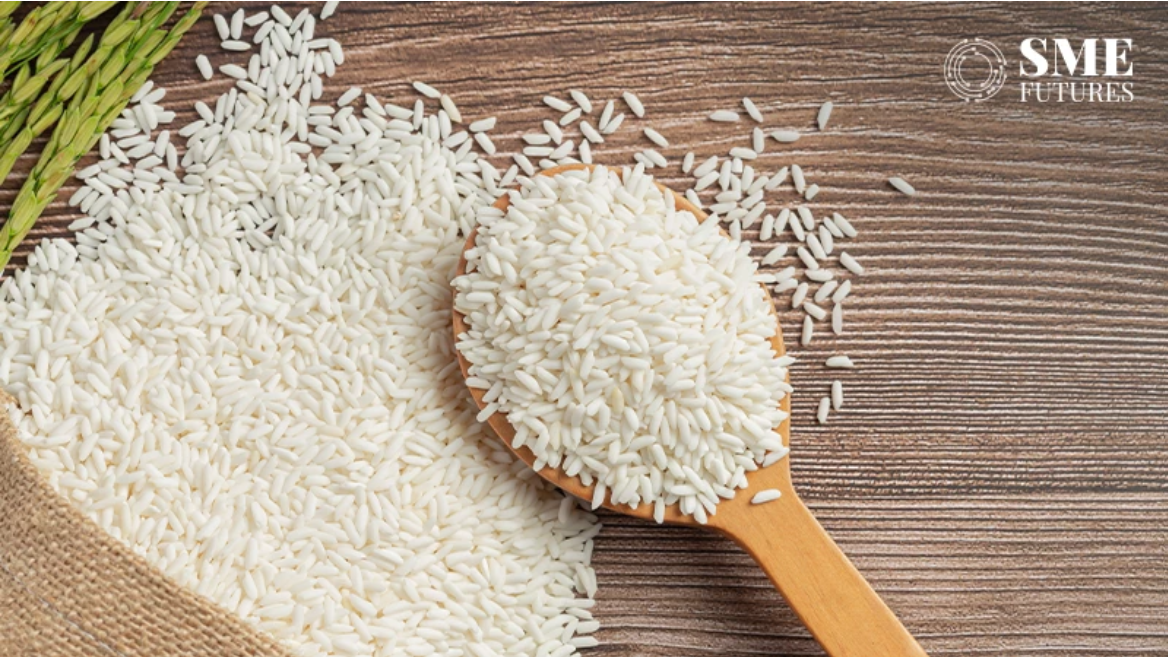Tags
Myanmar and Pakistan Undercut India’s Non-Basmati Rice Exports
India’s ambitious target of exporting 20 million tonnes of non-basmati rice in 2024–25 faces a setback as cheaper supplies from Myanmar and Pakistan undercut Indian prices in the global market.

India’s hopes of exporting 20 million tonnes of non-basmati rice for 2024–25 seem to be fading, as cheaper rice from Myanmar and Pakistan is hurting its competitiveness. Export industry sources indicate that India’s non-basmati rice shipments may remain capped at around 15 million tonnes. By July, exports stood at 13.5 million tonnes and are expected to touch 15 million tonnes by the end of September, marking the close of the marketing year. A new marketing year has begun from October.
Indian exporters are currently offering non-basmati rice at $366 per tonne, while Myanmar is selling at $309 per tonne and Pakistan between $320 and $325 per tonne. This significant price gap has made it harder for Indian exporters to secure overseas deals.
According to market analysts, this price competition resulted from India’s earlier stance of informally targeting 20 million tonnes of exports. The announcement created expectations of higher global supply, putting downward pressure on international prices.
Adding to the challenges, the Indian government has made it mandatory to register all non-basmati rice export contracts with the Agricultural and Processed Food Products Export Development Authority (APEDA). Until now, only basmati rice exporters were required to register their deals. The new rule introduces a registration fee of ₹8 per tonne for non-basmati rice exports.
India primarily exports non-basmati rice to Asian and African nations, whereas premium basmati rice is shipped to the Middle East, Europe, the United States, Australia, and New Zealand. Non-basmati rice sees stronger demand in African countries, where even small price differences are crucial. As Indian rice is $57 costlier than Myanmar’s and $30–35 higher than Pakistan’s, it is losing its price competitiveness, which could further depress export volumes.
Moreover, both the Pakistani rupee and the Myanmar kyat are weaker than the Indian rupee against the U.S. dollar, making exports from these countries more profitable and giving their rice exporters an added advantage.
India’s rice production for 2024–25 is projected to reach a record 149 million tonnes, with central reserves also at record levels. Meanwhile, procurement for the new 2025–26 kharif marketing season has already begun. Managing the growing government rice stockpile is becoming a challenge. While strong export demand could encourage private traders to purchase more paddy from farmers, an unfavourable global market might limit private sector participation. The coming months are likely to be critical for both the government and farmers in steering the course of India’s rice trade.
https://eng.ruralvoice.in/amp/international/myanmar-and-pakistan-undercut-india-non-basmati-rice-exports.htmlPublished Date: October 8, 2025






